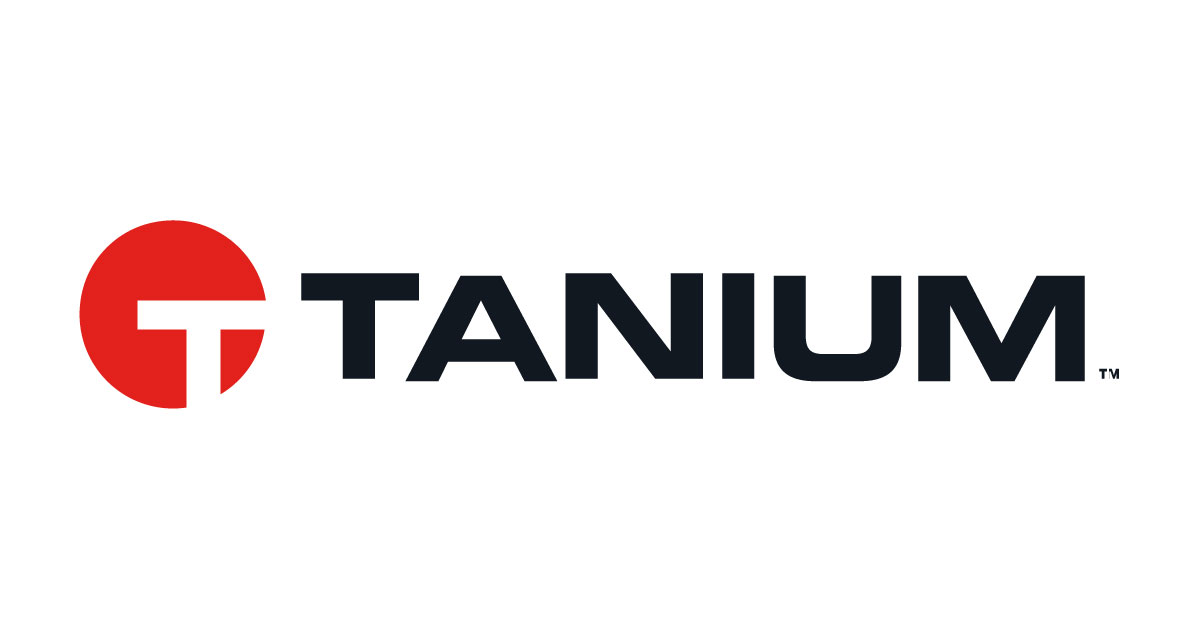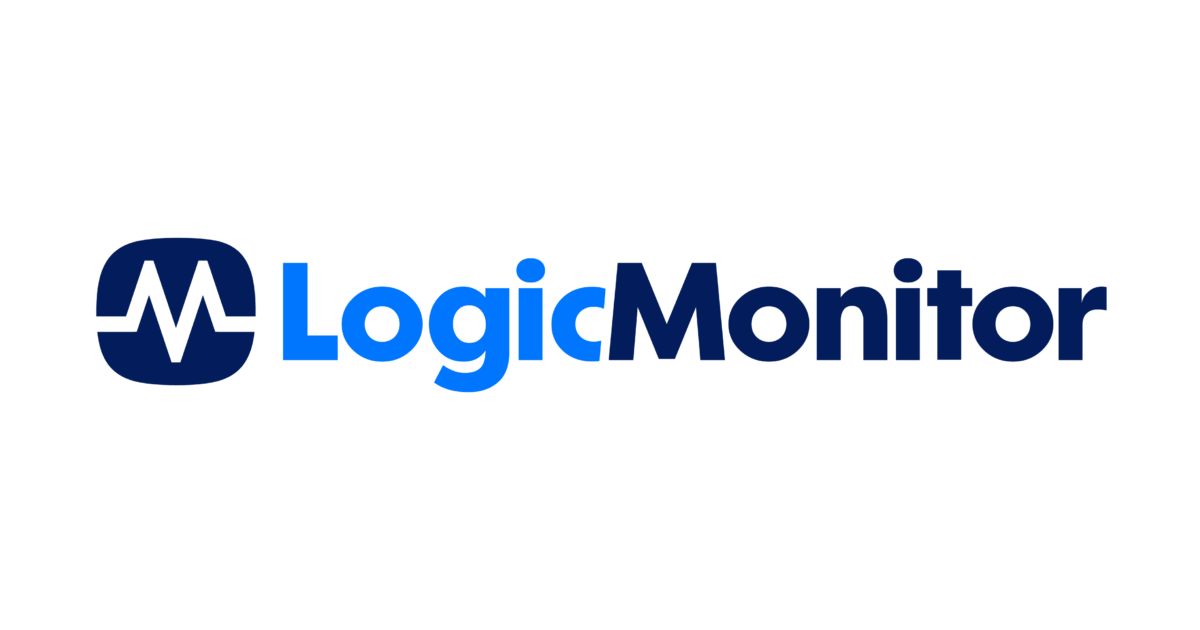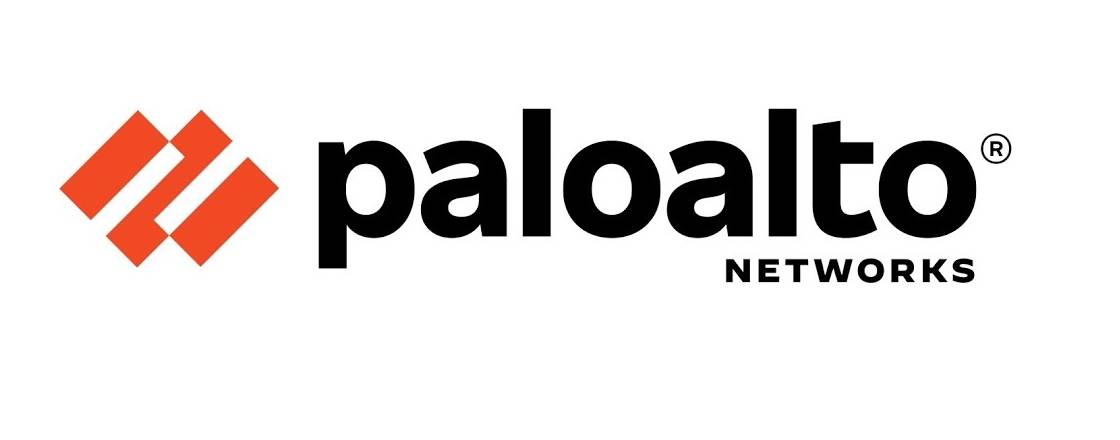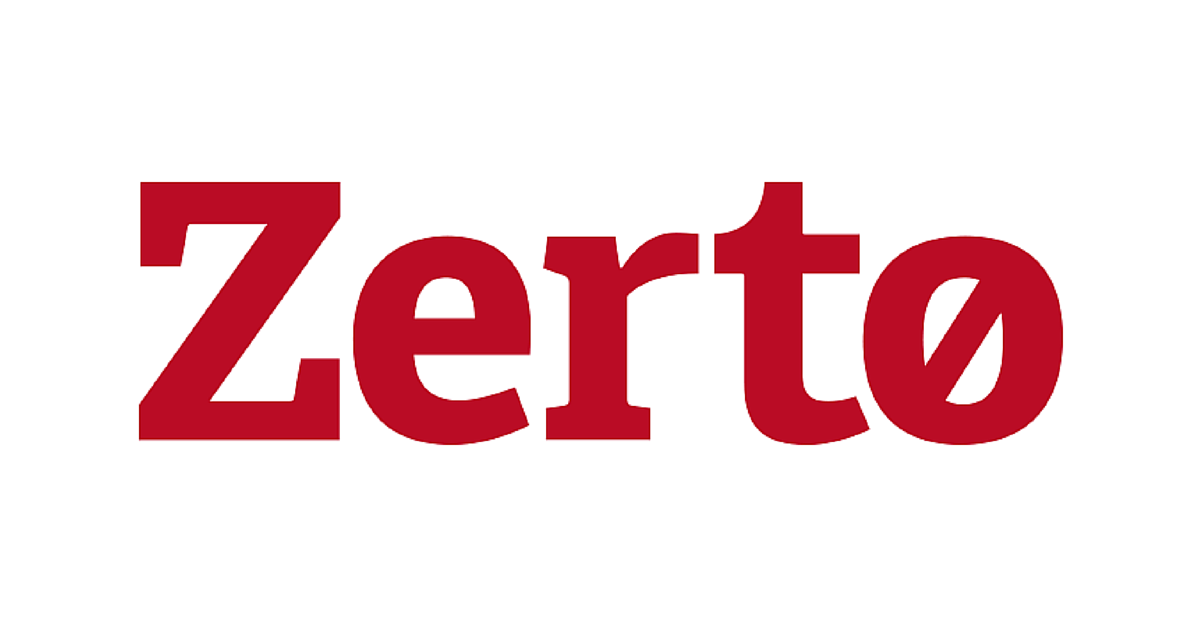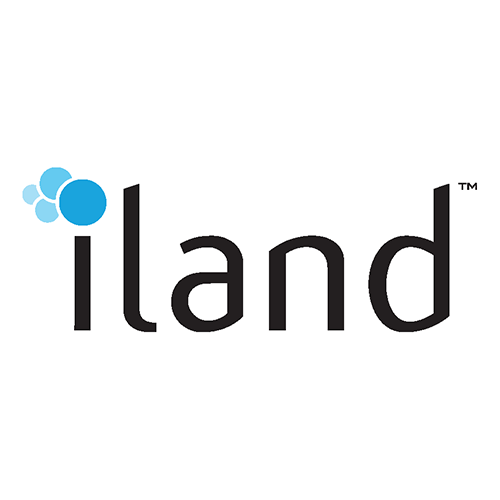Infrastructure
On-Premises Infrastructure
Here to Stay, and for Good Reason
While cloud infrastructure seems to dominate our conversations these days, there is a clear role and requirement for on-premises infrastructure for the vast majority of mid-sized to enterprise organizations. In fact, Uptime Institute’s 10th annual Uptime Institute Global Survey of IT and Data Center Managers found that two-thirds (66%) of IT workloads are expected to remain on prem for the time being.
As a result, companies are beginning to settle on a hybrid-cloud strategy where lighter applications go to the Cloud (i.e., Microsoft 365 and other email programs; SaaS platforms such as ServiceNow, SalesForce, etc.; collaboration/HR platforms such as Box, Workday, Slack, etc.; video conferencing platforms like Zoom, WebEx, etc.) while other workloads remain on prem.
Here are some factors that contribute to the case for on premises infrastructure.
- Data gravity: Data gravity—that is, the size and “weight” of data—is a major factor in the cloud vs. on prem decision. Not only is it excessively time consuming to move voluminous amounts of data to the cloud, the cost of storing it there AND the egress costs of retrieving it is typically cost prohibited. This would apply to healthcare systems, banks and other financial institutions as well as other organizations running High Performance Computing (HPC) workloads.
- Control: Functions that need a lot of control will be better off operating from a nearby data center. For instance, a manufacturing plant running robotic devices will do best being run via software on an edge device. The plant can’t risk shutting down if it isn’t able to access its software in the cloud for some reason, so local control is essential.
- Data security: Security is a major issue for data management. It’s possible to secure data in the cloud, but it’s a lot more complicated and procedural than doing it on on-premises infrastructure. This consideration is particularly important for organizations that deal with sensitive client or patient information, such as banks and healthcare institutions. In some cases, industry regulations require companies to use on-premises solutions.
Edge to Cloud Technologies Step In
The good news is that today, there’s a new way to manage data that allows companies to achieve the benefits of the cloud regardless of where their apps and data live. Enter the edge-to-cloud platform, a new kind of cloud experience that combines the advantages of cloud, edge, and local data centers, creating a kind of “cloud that comes to you.”
To be more specific, edge-to-cloud platforms give you data infrastructure that offers both the security and cost management of on-prem plus the major advantages of the cloud: a self-service interface, the ability to pay only for what you use, and third-party management that eliminates the ownership burden.

HPE GreenLake Edge to Cloud Platform
A hybrid cloud environment can create complexity and operational friction that can slow down your digital transformation efforts. Security, managing cloud spend, and governance rank as top three cloud challenges for organizations. The HPE GreenLake platform allows you to break through these challenges by delivering cloud services at your edge, colocation facilities, and data center, and a single, integrated software platform—HPE GreenLake—to control and operate your entire hybrid environment.
For more information on the creating the best on-prem environment for your organization’s mission-critical or edge computing applications, contact us today.
Additional Resources

Customer Case Study

Solution Brief

A CPP Perspective
© 2024 CPP Associates, Inc. All Rights Reserved. Developed by ISEA Media.



